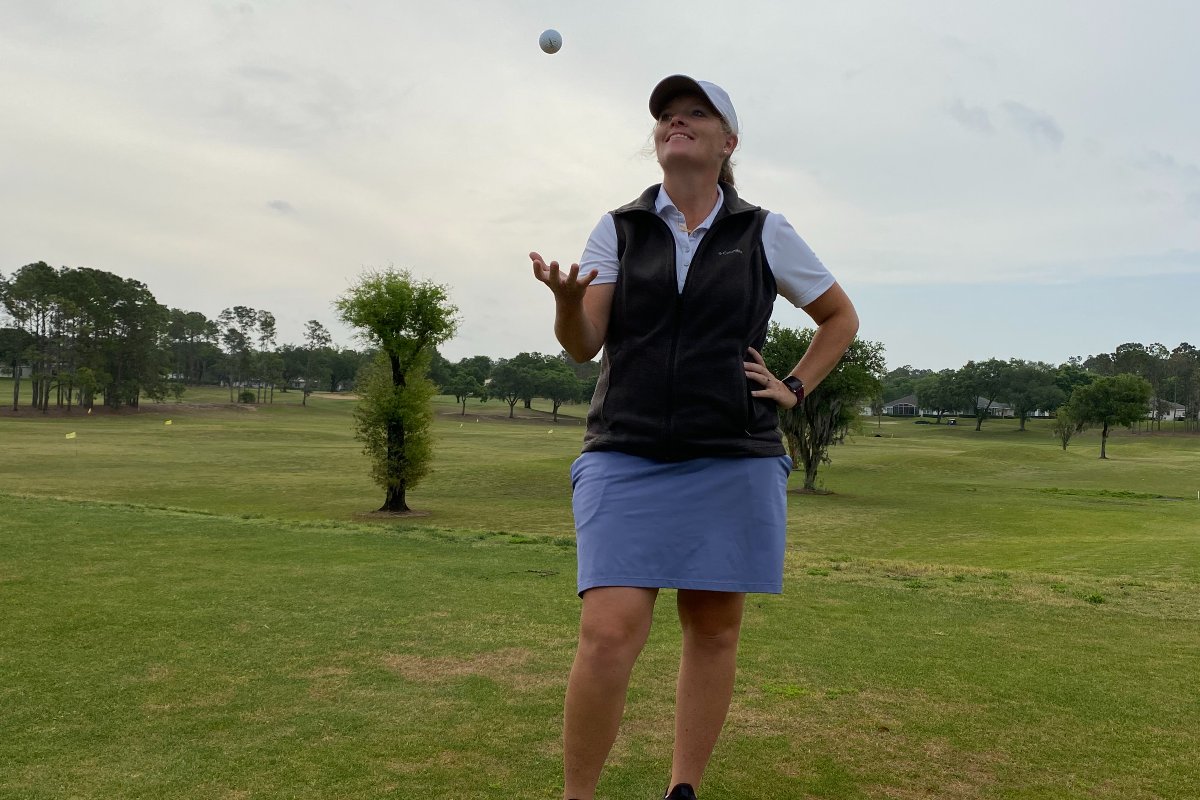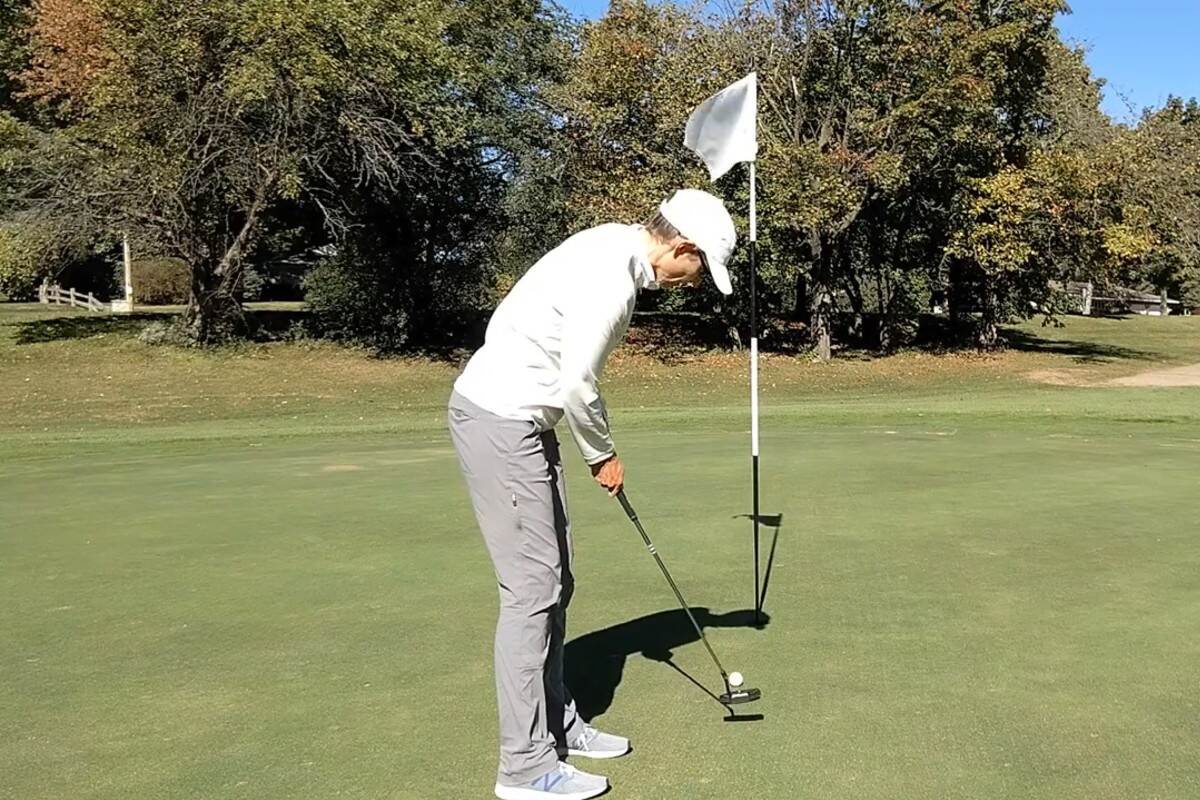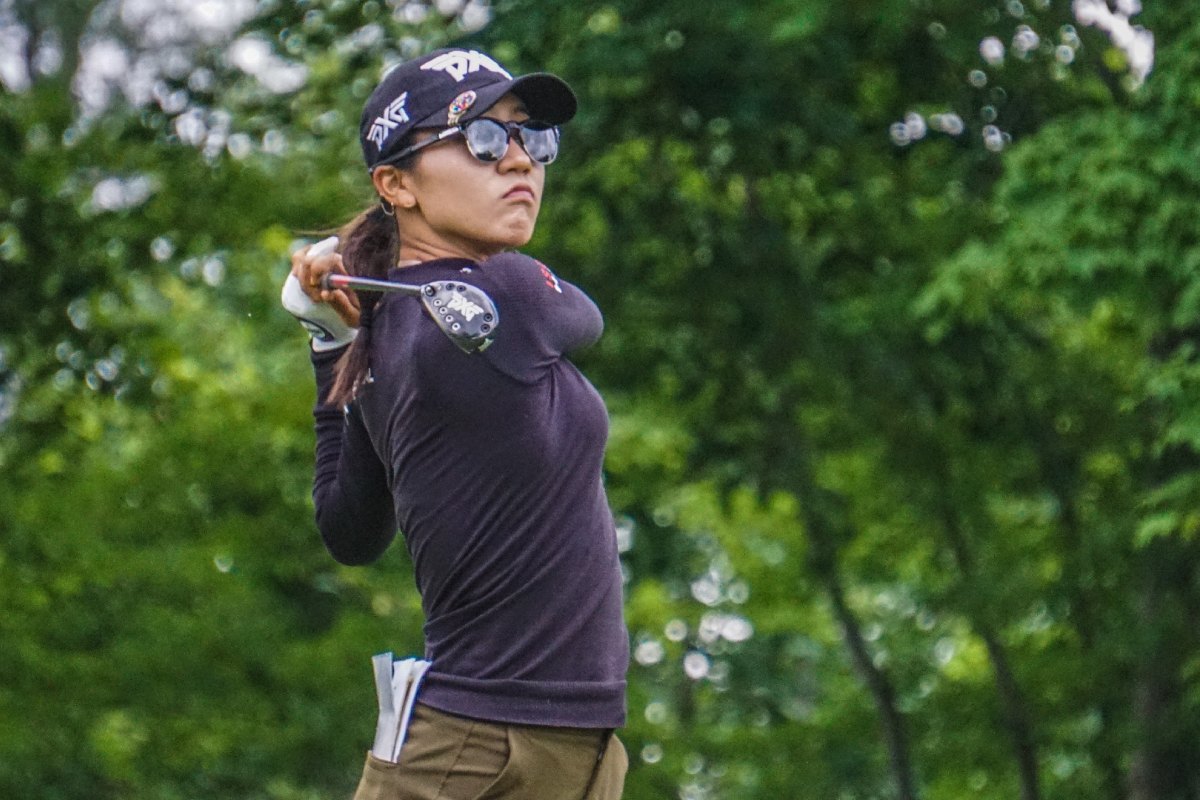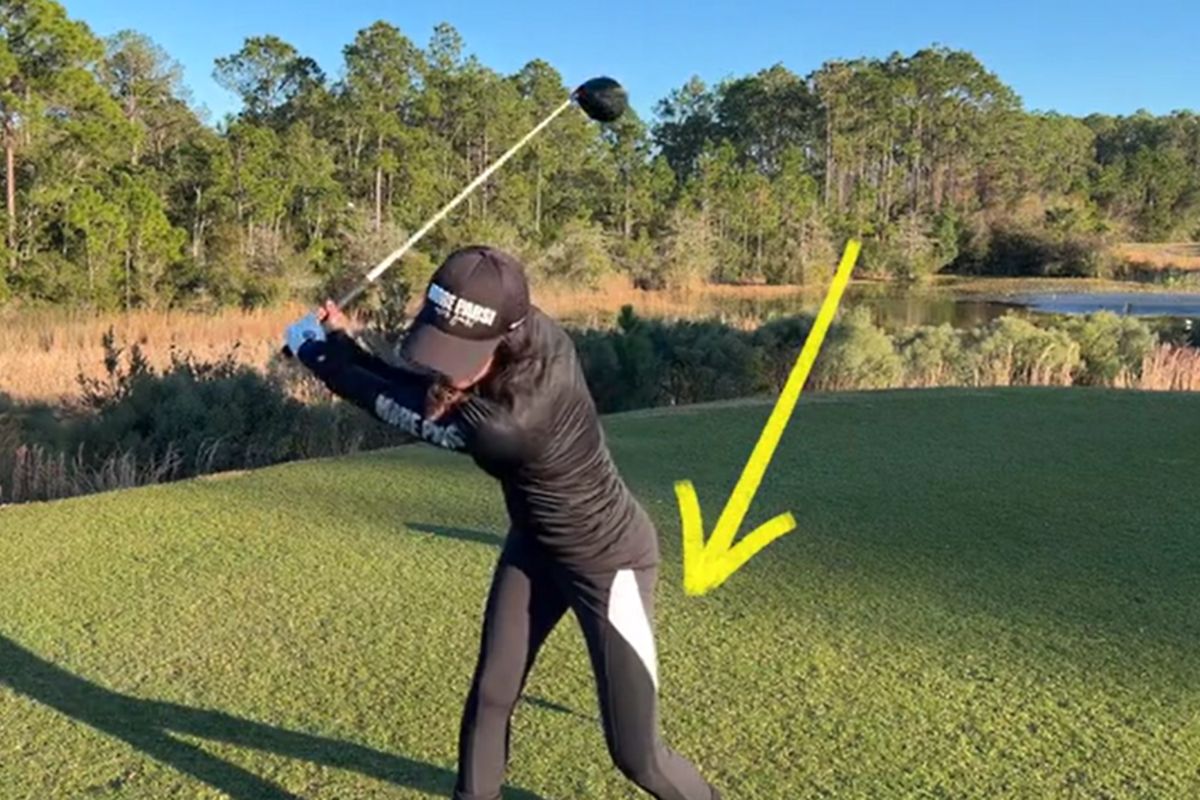How many days should you practice at the range, at home and in the gym?
This is something that is very individual, it depends on your skill level, your availability, your commitment, your location/climate and your fitness/health. Ideally, I like to see a student stretching daily, making sure to hit the key muscle groups for the golf swing; shoulders, hips and back.
I suggest a workout 2-3 times a week pending health with a good mixture of core, weights and cardio. Pending your goals in the golf swing will determine your workouts at the gym: just like a golf professional a great trainer can develop a plan to help you target your weaknesses and get the most from your workouts. As for the range, I like to see students there at least 2-3 times a week, but the key here is quality over quantity.
Efficient practice beats extended practice any day of the week, so commit to a time frame that you can stay positive, engaged, and meet your practice goals. A good 20 min session can be worth more than a three-hour session. This can be substituted with at home practice working on short game in the house or around the yard and full swing movements in the living room or if you are lucky enough, a hitting net.
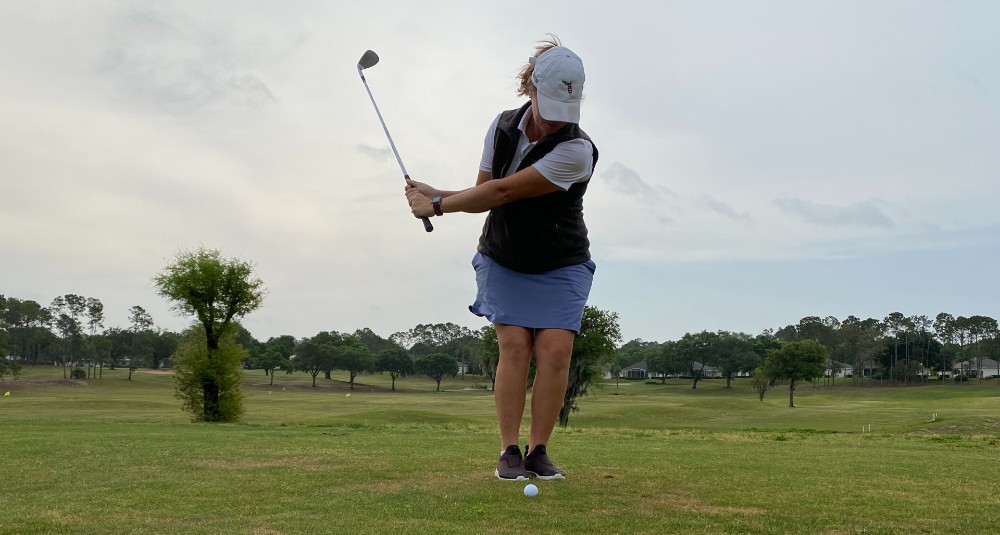
What should I practice on the range and in what order?
Always start your sessions with a stretch and proper warm up. You want to divide your time in thirds, with one third of the time on putting, one third on chipping/pitching/bunkers and one third on full swing.
I like to start with the putter and work my way up to the full swing. It is important to keep track of time and set out a plan for each session, so you are more accountable and productive with your practice. Depending on your level and current goals this practice plan could be adapted. For example, if you are working on a putting stroke change with your coach you may want to spend more time on the putting green to make those changes.
If you notice your chipping statistics are killing your scores, you may want to dedicate more time in that area. If you are making a swing change you may want to use your training aids and go through your drills in the full swing.
As seen in the video there are different types of practice, I like to break it into
1. Practicing to improve your mechanics and skills; and
2. Practicing to Perform.
Your coach’s advice and your current goals will determine how you set up your practice. If you are swinging well and don’t need any changes i would advise practicing to perform. This will include a lot of focus on game like scenarios; imagining fairways, going through routines, chipping and making yourself hole out the putt from tricky lies. If you have decided to make a change in your swing, your focus will be more like a block practice session where you are hitting one club from one spot with training aids and tools to help you feel the change, drills and exaggerated feels given to you by a professional who has diagnosed the swing problem.
All golfers should have a solid mix of both of these types of practice, and try to keep practice fun and productive, keeping track of your goals, statistics and scores in both practice and play will help you make the best practice plan for you!
If I can’t get to the range what at home options can I do to improve my swing?
As a professional I often prescribe homework for the range and at home. You don’t need a club and a ball to improve your sequence and body motion.
A great professional will give you at home exercises to help you improve, but some great exercises everyone can do at home are:
Putting on carpet using alignment sticks to check path, setting up a putting mirror to check eyeline, putting through a tee gate to check club face etc., If you have a long piece of carpet or putting mat you can do trail hand only putts to work on speed.
Chipping into a net, working on low point control, chipping standing on your lead leg keeping balance, chipping over and under fence to work on trajectory.
Full swing you can swing in front of a mirror to check positions, work on separating your upper and lower half, work on balance, work on posture by swinging with your back to a chair, work on rotation by crossing your arms on your shoulders, work on foot pressure by swinging with no shoes on.
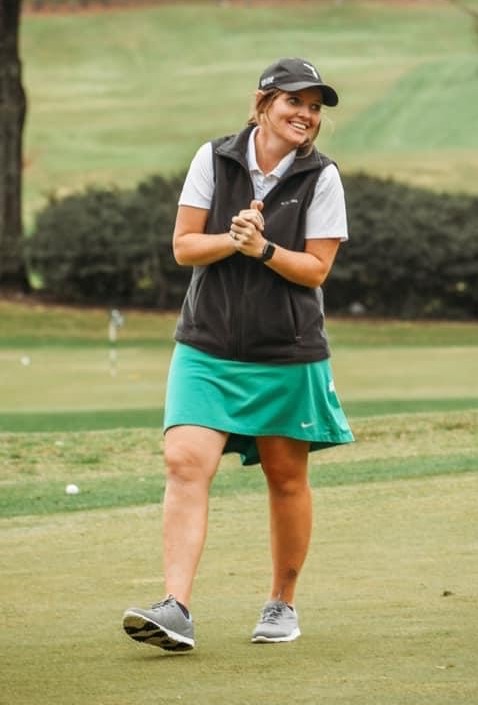
If you are lucky enough to have a hitting net you can get the feel of center contact by swinging through a tee gate, placing a towel 6 inches behind the ball to insure you don’t hit behind the ball, or spraying foot spray on your club face to check for center contact.
I once had a lady who struggled with a grip change and she came back one week and was suddenly super comfortable with the change, she told me she left a 7 iron by the coffee machine and worked on her new position every morning as she waited for the coffee machine. I had another gentleman forget his putter to the golf class as he had left at home after working on his “homework” from the previous week.
One great thing that came from covid is the world got very creative. Many wonderful golf professionals created a learning environment from home and putting mats and hitting nets are now a lot more affordable. Practicing at home is easier than it ever has been before! If you set a goal and have a clear plan, you can improve your practice and your game from anywhere.
Drills at the beginning, middle, and end of the season.
You want to be working on your drills in the off season and make any swing changes during this time. Playing golf and making a swing change is often a difficult challenge as it is sometimes hard to trust a new move on the golf course when the pressure is on. It is common to fall back to comfortable/old habits.
When you are in peak playing season; this may be the club championship, your family trip, or a tournament you always play in you want to trust your swing and focus your practice on routines, playing under pressure, accepting the outcome of your shots. Throughout the year you may have to adjust this plan based on your scores or results. The best thing to do is to map out your golfing year, where do you need “peak performances” and then you can make swing adjustments in off season and plan your practice accordingly.
Before your big event you want to get out onto the course, trust your swing, and focus on short game. When planning leave adequate time before a tournament to adjust the swing and feel comfortable with the changes so you can transfer your skills to the course.

